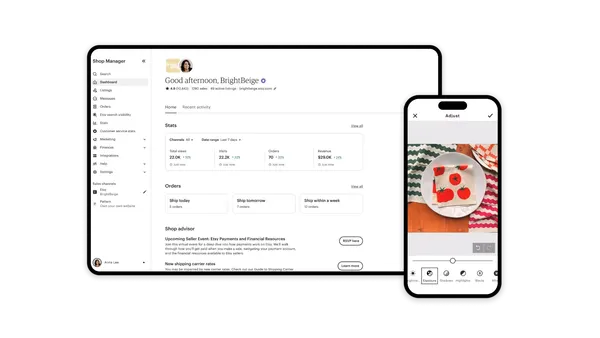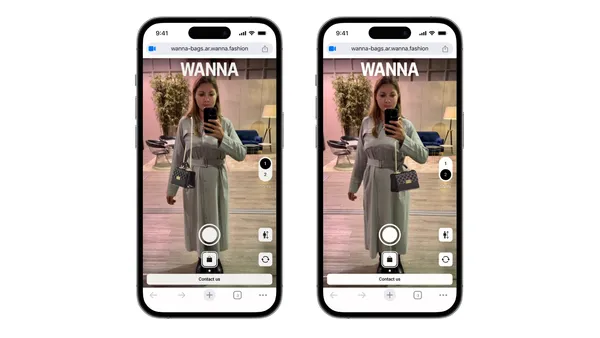Dive Brief:
- Instacart has introduced two new features for customers with the intent to support increased demand, add flexibility and speed up service amid the COVID-19 outbreak, the company announced in a press release.
- With the company’s "fast and flexible" feature, customers can choose to have their order delivered by the first available shopper rather than having to select a specific delivery window. The customer will be given an estimated delivery range, possibly spanning a couple days, and will be notified when a shopper picks up their order and is scheduled for delivery.
- A new "order ahead" feature will allow customers to place an order up to two weeks in advance. Previously, customers could only place orders up to seven days ahead. "Order ahead" is currently available in higher demand markets and will be rolled out across North America in the coming weeks, Instacart said.
Dive Insight:
With these new features, Instacart is aiming to reduce the frustration associated with delivery slots, which have been reportedly unavailable for periods ranging from days to weeks when shoppers go to place an order with Instacart and other services. In some cases, customers have reported canceled, incomplete or missing orders since the outbreak.
The company said its "fast and flexible" option allows customers to "set it and forget it." When they place their order, shoppers will see a time range for their delivery, then receive a notification when their delivery has been assigned to an Instacart shopper. The company said in tests the feature increased available delivery windows by 50%, while 85% of orders were fulfilled closer to the earlier part of the estimated time range.
Not knowing when a delivery might show up ahead of time could frustrate shoppers under normal circumstances, but right now millions are confined to their homes as they wait out the pandemic. Meanwhile, Instacart's order ahead feature is geared towards the pantry-stocking purchases shoppers are making as they prepare more meals at home and require more cleaning products and other household essentials.
Still, the features don't address a persistent problem for shoppers: Products that are in-stock when they place an order may be out-of-stock by the time it's fulfilled.
FreshDirect, AmazonFresh, Shipt and Peapod have faced similar challenges with the skyrocketing demand for online grocery. There are limited delivery times, out-of-stocks and lags in refund requests. While these companies are retooling their systems and staffing up as quickly as possible, it is taking time to course correct and deal with the strain on their existing systems. Some are limiting what customers can buy to ensure more customers can be served.
In a statement, Instacart CEO Apoorva Mehta said the level of demand seen in the last two to four weeks was what the company had expected over the course of two to four years. The surge in recent weeks has resulted in customer volume growing by more than 300% year over year. Customers’ average basket size with Instacart is up by more than 25% month over month, and the company has added more than 150,000 additional shoppers to its pool of contractors in the past two weeks.
Instacart has also fast-tracked numerous programs through testing mode in order to enhance service and address worker safety during the pandemic. This includes a contactless delivery feature, new default tipping function, mobile payment for delivery drivers as well as protective gear.














